For a long time historiography attributed the volcanic nature of theisland of Ischia as the reason for the absence of Roman aristocratic settlements. The anecdote handed down by the Latin writer Strabo about the Emperor Augustus, who would have preferred Capri to Ischia precisely because of its greater geological stability, has long influenced archaeological imagination and investigation. Yet, ceramic fragments surfaced in the seabed of Cartaromana Bay as early as the late twentieth century had fueled the hypothesis of a submerged Roman settlement, which, however, remained for a long time without systematic verification.
Today that supposition finds concrete confirmation thanks to underwater research and excavations conducted in recent years. The site, identified as theancient port of Aenaria, the name by which the island of Ischia was known in Roman times, has returned a series of structures and artifacts that outline a stable and articulate presence of the Roman aristocracy on the island. The project is currently the subject of fundraising (with two interventions) through the Art Bonus system, thanks to the efforts of M.edu.s.a Srl Unipersonale, the entity entrusted with the property. The first intervention, titled Submerged Aenaria: Maintenance and Protection, has been underway since January 22, 2025 with a goal of 20,000 euros.
The second, The timbers of the port of Aenaria, opened on January 27, 2025, also includes a goal of 20,000 euros, of which 9,000 euros have already been donated by the company Biscuit srl at the moment. Both initiatives are aimed at ensuring the continuity of protection and study activities, particularly for the preservation of the wooden structures, whose historical and technical value is considered particularly important.
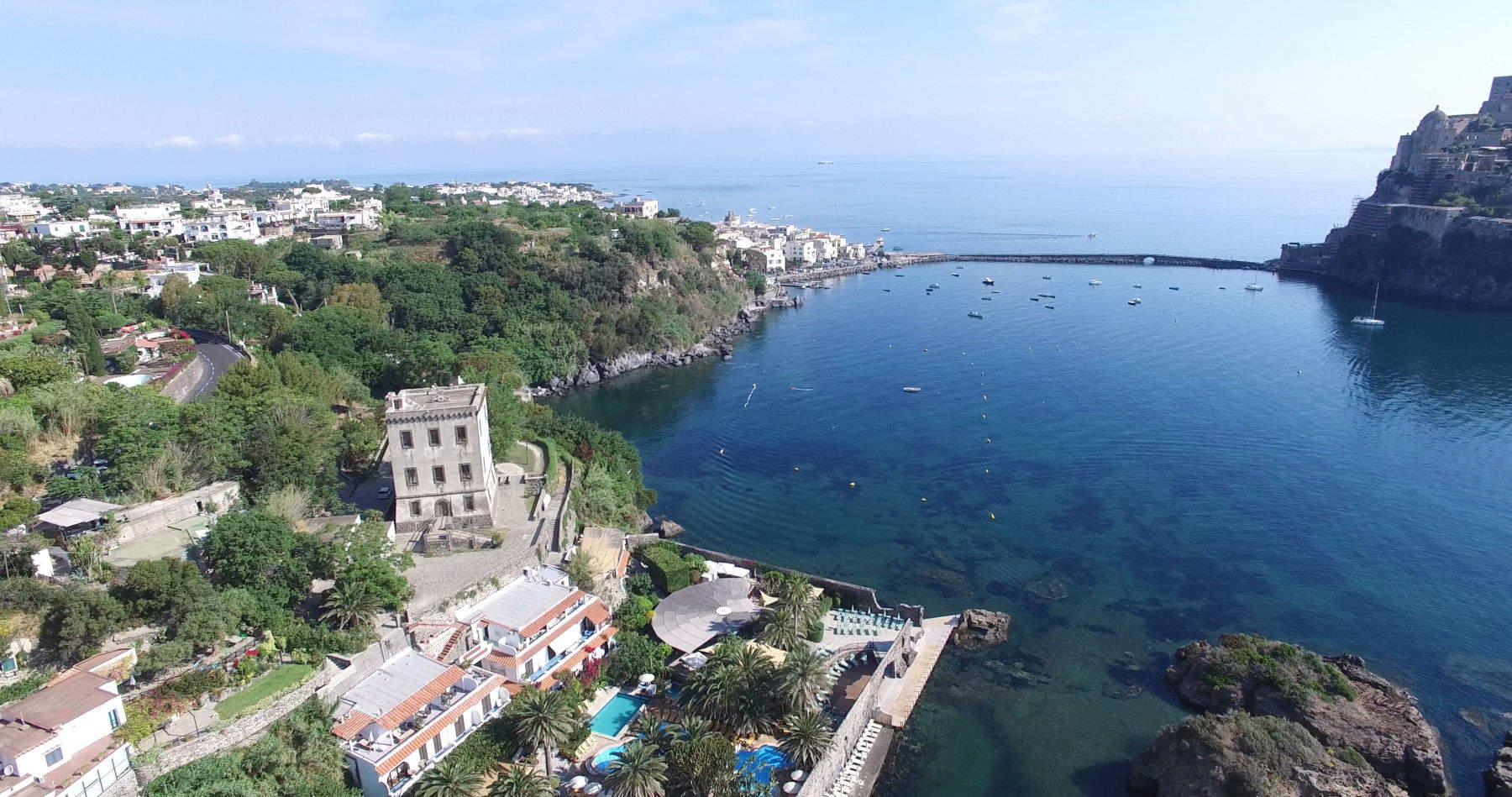
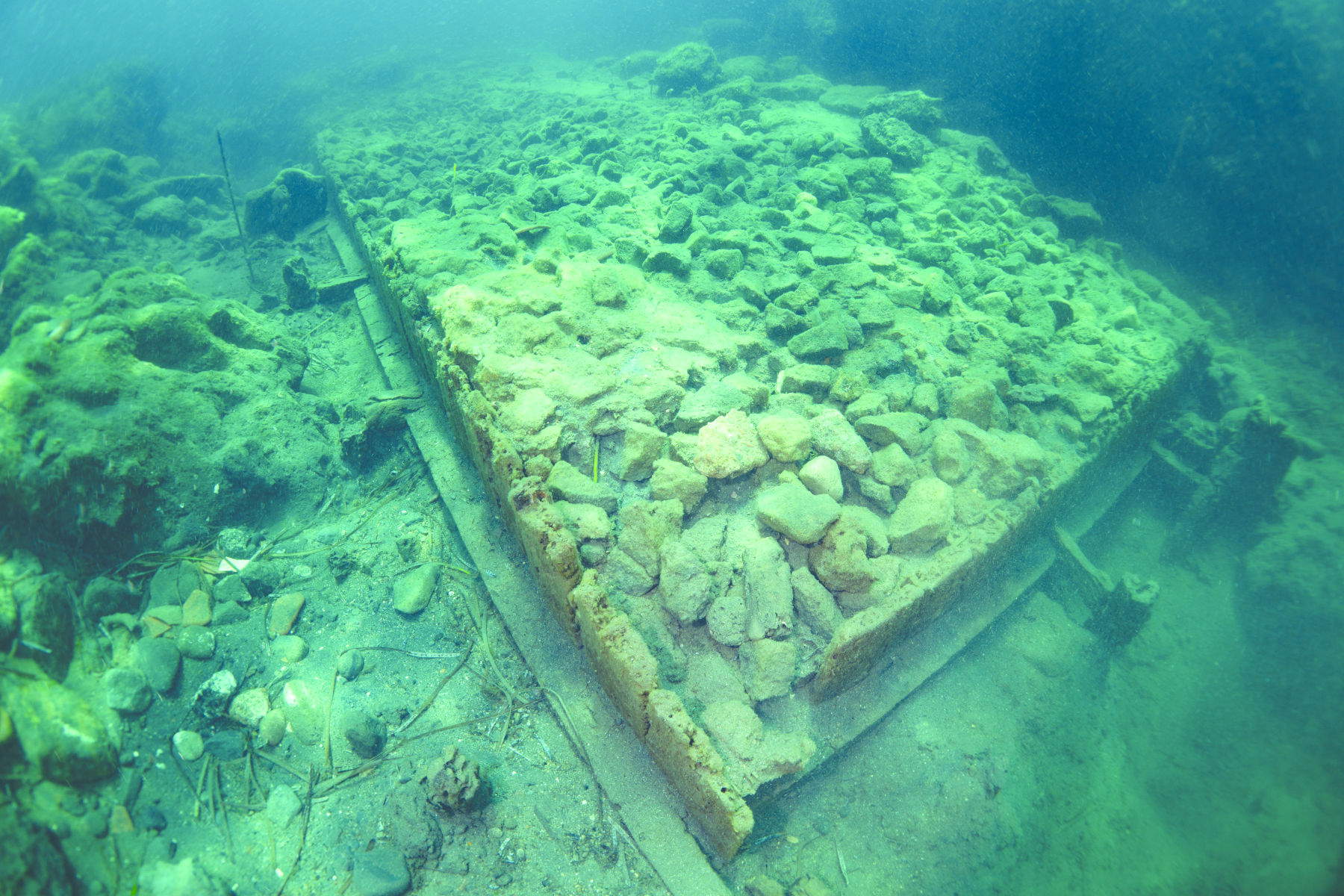
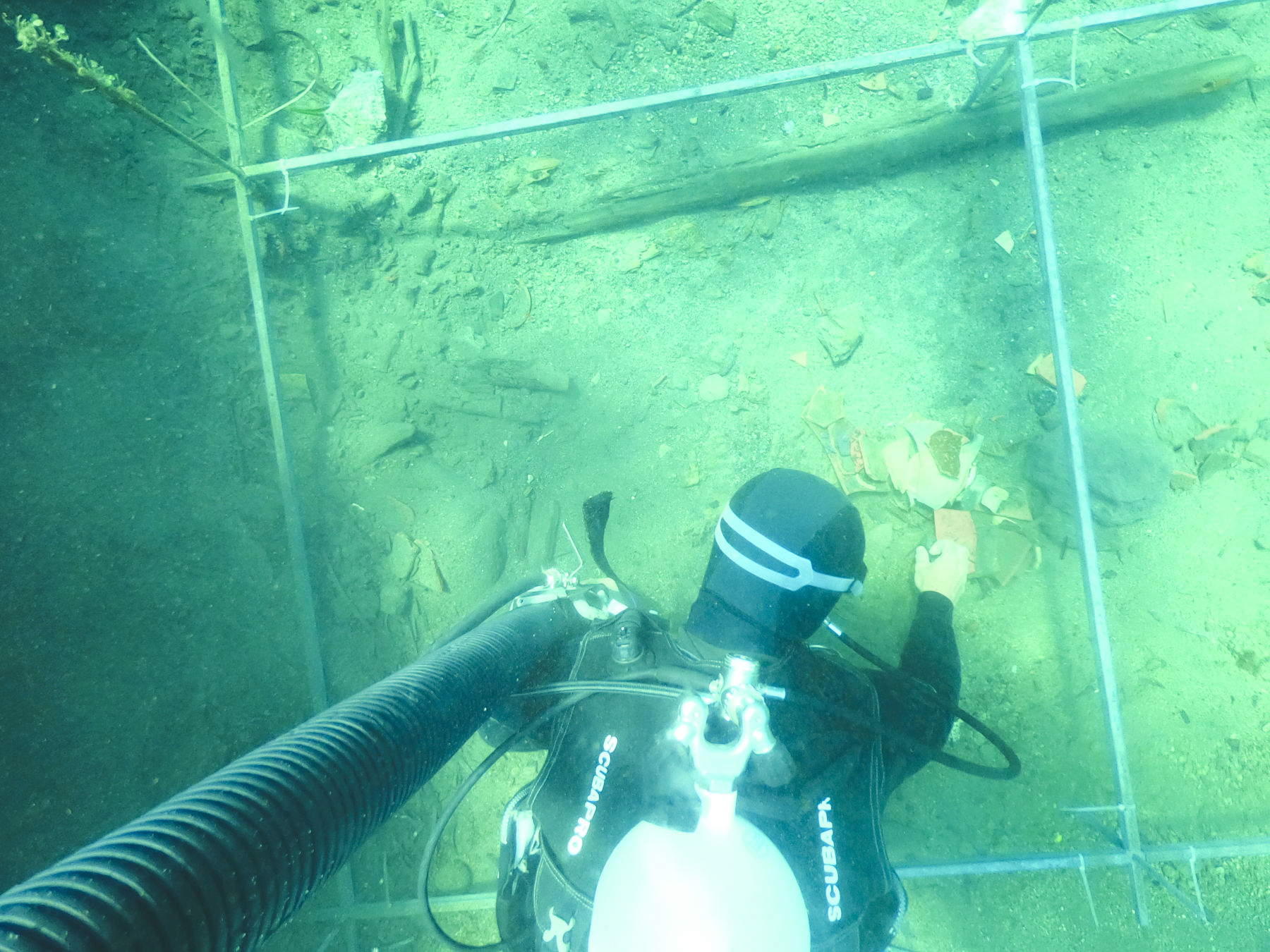
Cartaromana Bay, enclosed between the Aragonese Castle and the rocks of Sant’Anna (in addition to its scenic beauty) preserves underwater, between 2 and 6 meters deep, the most authentic and ancient evidence of Ischia’s maritime life from the 2nd century B.C. to the 15th century A.D. The many wall structures, which are still maintained under a conspicuous layer of sand, document a radical transformation of the geomorphology of the bay, due to geological, bradyseismic and volcanic phenomena. A research project, started in 2010 and still ongoing, conceived by Ischia resident Giulio Lauro and his team and carried out under the direction of archaeologist Alessandra Benini and authorized by the Soprintendenza Archeologia Belle Arti e Paesaggio for the metropolitan area of Naples, is analyzing the underwater archaeological presences to reconstruct the historical events and ancient topography of the part of the island, through underwater reconnaissance and archaeological excavation campaigns. As of 2020, the Ministry of Culture has granted M.edu.s.a, led by archaeologist Benini, permission for the excavation, which is being carried out in collaboration with the Ischia Barche Cooperative and Marina di Sant’Anna srl, directed by Giulio Lauro.
The discovery of strong masonry, along with wooden fragments of boats, attests to the presence of the port of the ancient city of Aenaria in Cartaromana Bay, while the discovery of decorated plaster, mosaic tiles, architectural fragments and large quantities of tiles and roof tiles suggest the presence of a well-organized living center, probably the city’s commercial district with warehouses for storing goods as also shown by the presence of large quantities of amphora fragments, tableware ceramics, opus sectile tiles, marble elements, remains of sunken ships and architectural fragments. What we do know is that the entire settlement was probably abandoned following a catastrophic event that occurred in the second half of the second century A.D. that forced the inhabitants to abruptly leave the stretch of coastline, abandoning even valuable finds such as lead ingots, now on display at the Archaeological Museum of Pithecusae in Lacco Ameno (Naples).
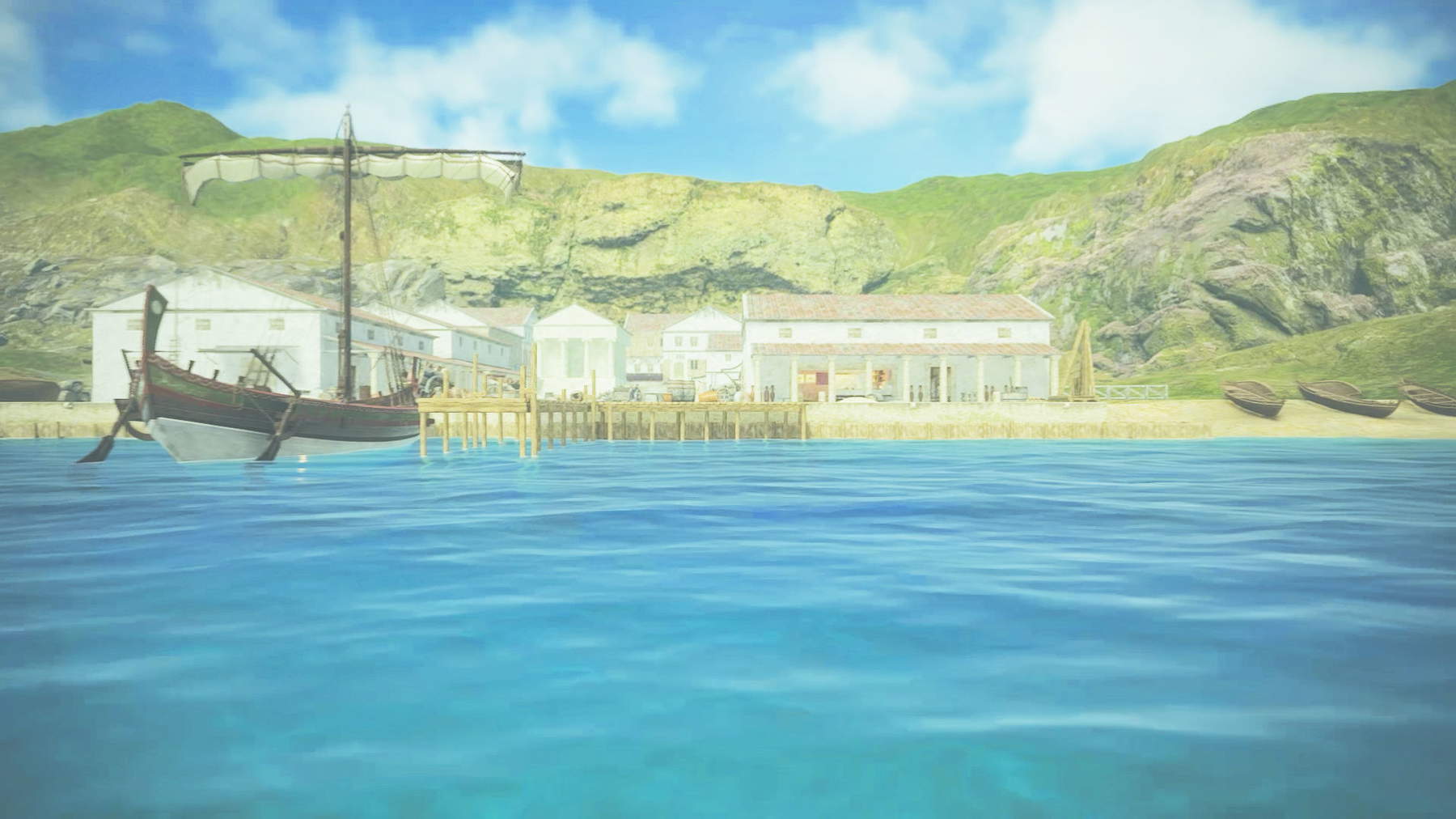
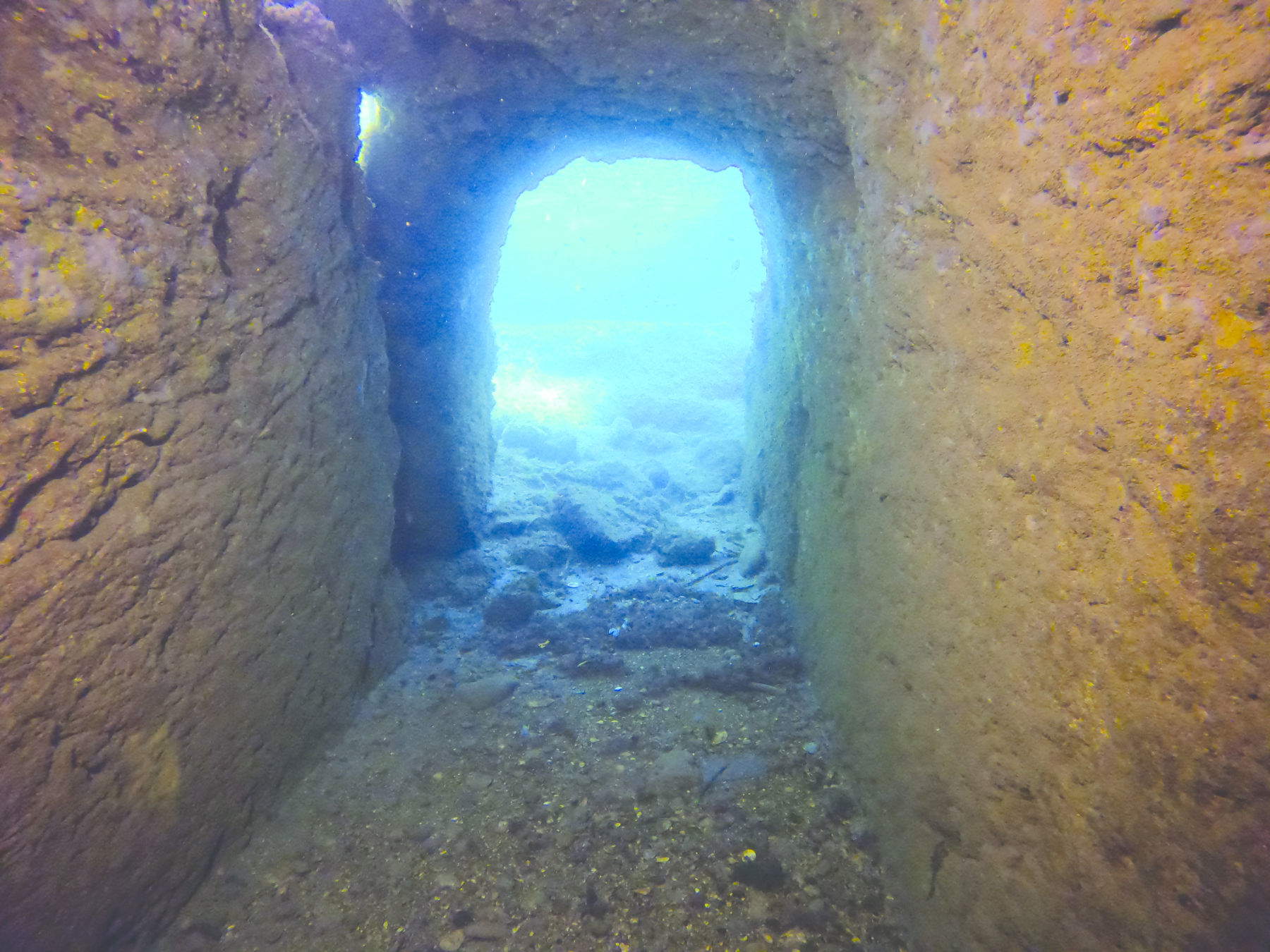
Particularly remarkable is the discovery of a harbor dock about thirty meters long and over six meters wide, with the original wooden formwork still intact up to three meters high. The peculiar state of preservation is due to both the geological sinking of the area and the rapid silting up that has protected the materials from degradation.
Near the port area, among the rocks of Sant’Anna, the remains of a maritime villa have been found, confirming that, contrary to the claims of some historians, the island, along with the Phlegraean Fields, was also a favored destination for the Roman aristocracy. On the other side of the bay, under the Aragonese Castle, are the remains of the harbor dating back to the Angevin era (13th century), which, due to catastrophic events such as the eruption of the Arso and seismic movements, was submerged in the early 14th century, ending up below sea level.
The area is accessible from mid-April to late October, weather conditions permitting. The tour includes several modes of visit: transparent bottom boat excursion, snorkeling or scuba diving, all preceded by the screening of an introductory video on the history of the site and research, available in Italian, English and German. The visit lasts about an hour and reservations are required. The results of the research are collected in the volume Ischia and the Bay of Cartaromana. History, Research, Studies while foryounger children, the history of the island is told through the adventures of the mouse Musculus in two illustrated volumes(Navigando verso Aenaria. An Adventure in History).
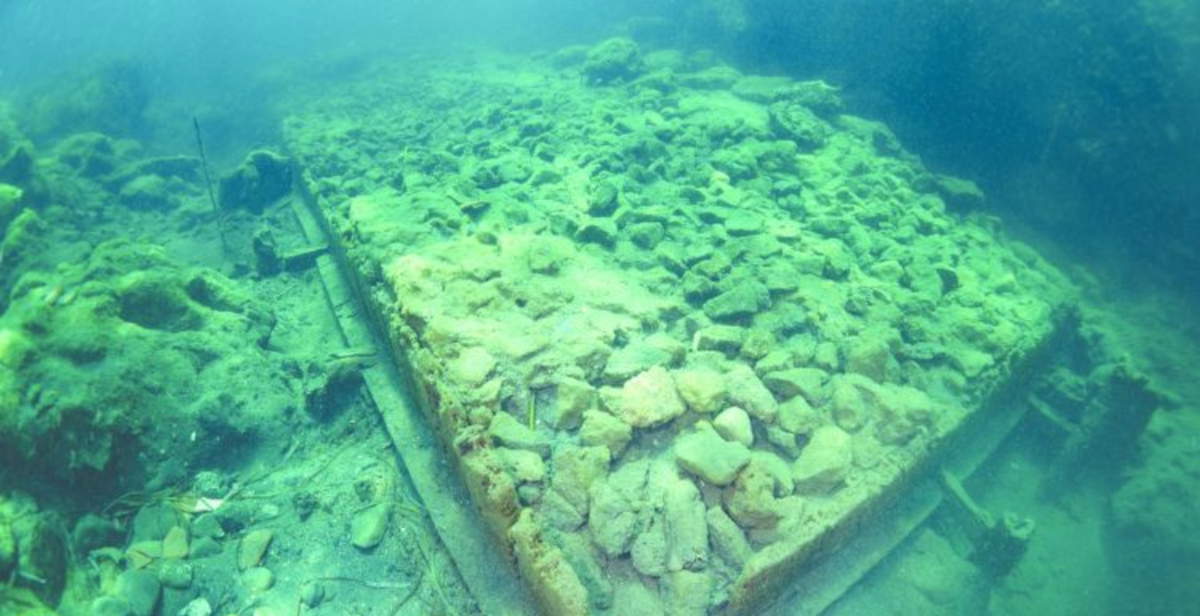 |
| Ischia, Aenaria's sunken harbor enters Art Bonus projects |
Warning: the translation into English of the original Italian article was created using automatic tools. We undertake to review all articles, but we do not guarantee the total absence of inaccuracies in the translation due to the program. You can find the original by clicking on the ITA button. If you find any mistake,please contact us.